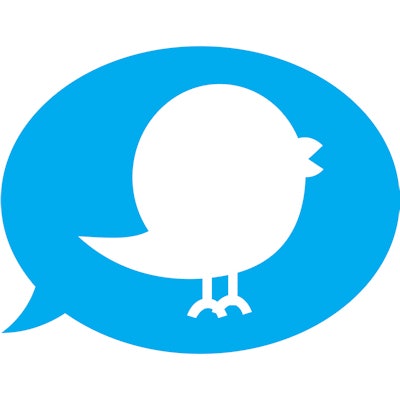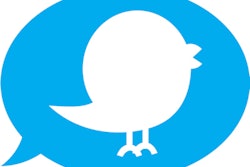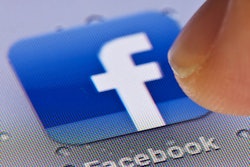
What aspect of mammography stands out most to women who undergo the procedure? A review of the social media platform Twitter produced some revealing insights, according to a new study published online September 19 in Academic Radiology.
 Dr. Andrew Rosenkrantz from NYU Langone Medical Center.
Dr. Andrew Rosenkrantz from NYU Langone Medical Center.Women mentioned breast compression the most, followed by advice to other women to get screened. The findings suggest that not only is it important for breast imaging centers to evaluate their screening services, but also that Twitter could be a key patient outreach and education tool for mammography, lead author Dr. Andrew Rosenkrantz, from NYU Langone Medical Center, told AuntMinnie.com.
"The tweets we examined in our research showed just how much all aspects of the screening experience itself are in the patient's mind, from beginning to end," he said. "Our findings highlight the potential value for breast imaging centers of embracing Twitter as a tool for broader communication with the public regarding mammography."
Time to tweet
Twitter has developed into a valuable resource for health services research, and it may provide a means of gaining deeper understanding into how patients perceive various imaging exams, including mammography, Rosenkrantz and colleagues wrote (Acad Radiol, September 19, 2016).
"Given the ongoing debate over the value of screening mammography among popular media, policymakers, as well as the medical community, patients themselves often have varying opinions regarding the benefits of mammography," they wrote. "We used Twitter to identify major themes expressed by patients relating to their experience undergoing mammography."
The group identified 464 tweets from July through December 2015 that contained the hashtag #mammogram and related to a patient's experience with the exam. Of these tweets, 45.5% occurred before the mammogram and 49.6% occurred afterward (the time frame of the remaining tweets was indeterminate). For women undergoing their first mammogram, 32.8% of tweets were posted before the examination; for those having a follow-up mammogram, 53% of tweets were posted before the exam.
What themes did the tweets address? Rosenkrantz's group identified three key topics:
- Breast compression (24.4%)
- Advising other women to undergo mammography (23.9%)
- Recognizing the health importance of screening mammography (18.8%)
Women having their first exam tended to tweet more about breast compression and that the test wasn't as bad as they had imagined, compared with those undergoing follow-up mammography.
But women also tweeted about many other aspects of the experience:
- The act of waiting (10.1%)
- Relief regarding results (9.7%)
- Assessment that the exam was not that bad (9.1%)
- Apprehension about the exam (8.2%)
- Interactions with staff (8%)
- The gown used for the exam (5%)
- Exam costs or access (3.4%)
- Reaching out for support from other women (3.2%)
- Screening as a sign of aging (2.4%)
- Waiting room appearance and amenities (1.3%)
"Tweets that referenced the waiting room included everything from whether there was coffee and music to what was being shown on TV," Rosenkrantz said. "But the single biggest theme was compression, particularly for those women getting their first mammogram."
Wake-up call
If patients are tracking all aspects of their mammography experience, imaging centers need to as well, Rosenkrantz said.
"Breast imaging centers need to consider all of a patient's screening experience, from scheduling and registration to the quality of the waiting room to how long women have to wait for results," he told AuntMinnie.com.
But the fact that women used Twitter to encourage other women to undergo mammography is promising, the authors wrote.
"Patients commonly conveyed the importance of screening mammography or advised others to undergo the examination," they concluded. "Further investigation is warranted regarding whether such signs of encouragement and support for the value of mammography among Twitter users may help foster greater screening guidelines adherence."




















